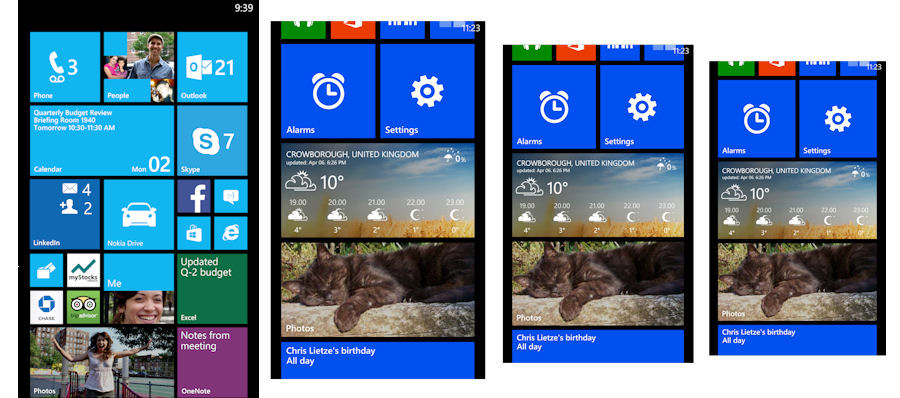Developer Preview Program for Windows Phone 8
The Preview Program for Developers is designed to complement the existing provision of optional emulator packages, which commenced with the GDR2 update. It will make the update build available to developer phones via an OTA (over the air) update. The emulator version of this update should be available in around three weeks. That means the Preview Program is the only realistic way to tests apps ahead of consumer availability of the update.
Here's how Microsoft describe the availability and requirements for the Preview Program:
To update your phone, you’ll need to visit the Windows Phone Preview for Developers page. This page, which will go live later today, goes through everything you need to know about the preview program. Once you accept the terms and conditions, you can download the Windows Phone Preview for Developers app, which installs from the Windows Phone Store directly onto your phone and allows you to opt your phone in to receive updates. Then you can head over to your phone’s Phone update setting app and get your update on.
To participate, you need to meet one of the three conditions: your phone is ‘developer-unlocked,’ you are a registered Windows Phone Store developer, OR you are a registered Windows Phone App Studio developer.
While the program is designed with developers in mind the option to access the update by being a Windows Phone App Studio developer effectively means the update is freely available to anyone who is willing to jump through a few hoops. This is ideal for power users who want to try the update version of Windows Phone as soon as possible.
Before opting to install the update there are a number of factor that should be noted. Firstly, installing the update may void your warranty, secondly, it is not possible to move back to an earlier release, and thirdly the update includes only Microsoft's portion of the update (i.e. no manufacturer specific updates).
Update: The app that facillitates the download of the Developer Preview updates is now available from the Windows Phone Store. See the Preview for Developers app page.
More details are available in this flow story.

Developer changes in Windows Phone 8 Update 3 (GDR3)
In developer terms the Windows Phone 8 Update 3 is relatively small. There are no API changes in this update, which Microsoft says means there "shouldn’t be any explicit action required by the vast majority of app developers".
However, the Windows Phone Developer Blog does point out a number of behavioural changes that may have an impact on some apps:
The background audio memory cap increases from 20 MB to 25 MB for phones with 1 GB of memory or more, and this should be all goodness for everyone.
There is an Internet Explorer and WebBrowser control viewport behavior change, which affects all resolutions on the phone; it’s something you should check out in your app.
A 1080p resolution is being introduced to support devices with a 1080p display, and should have no impact on you unless you want to provide higher-resolution assets.
The transition to devices with higher resolutions should be relatively smooth. Developers will be able to query for a device resolution (1080p devices will be reported as a 720p phone with a scale factor of 150 rather than 225), similarly apps that letterbox (blank bars at top / bottom of screen) on a 720p device will also letter box on a 1080p device), and 720p and 1080p will be treated as a single resolution as far as the Windows Phone Store is concerened.
Because of this Microsoft notes:
Because of this, most devs won’t need to do anything to target or test apps on a 1080p phone – the OS will take care of rendering for the resolution, the same as it does today. If you want to target 1080p phones with higher-DPI assets (e.g., images, splash screen, lock screen, live tiles, etc.), we suggest that you simply use high-DPI assets in your XAP package and let the OS properly downscale them as needed.
Additional details are available on the Windows Phone Developer Blog.
